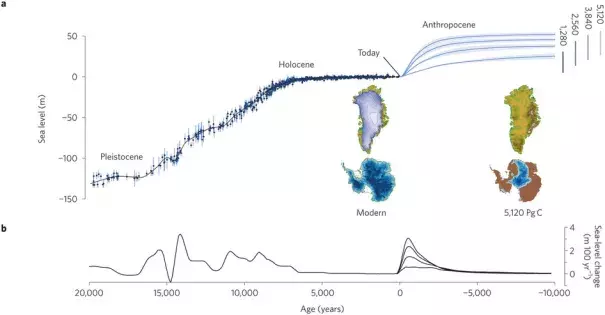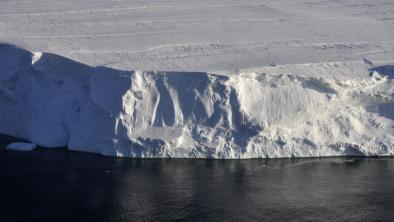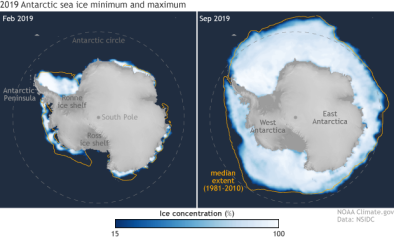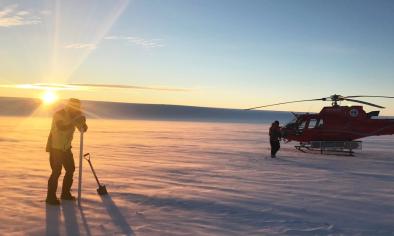Understanding Sea Level Rise, p3: it’s about timescales, speed of change & carbon budget – world aims for 29-55m sea level rise

Today we show ‘the full story of anthropogenic sea level rise’ – a story that requires us to zoom out to much larger timescales, to learn to respect the immense thermal inertia of oceans and ice sheets while simultaneously coming to terms with the full magnitude of the sea level rise that our CO2 emissions in the 20th and 21stcentury are causing: that is 29 to 55 metres in total, depending on the amount of fossil fuels we choose to continue to dig up and burn.
The above graph comes from ‘Consequences of twenty-first-century policy for multi-millenial climate and sea-level change.’ We think it’s one of the best climate studies of 2016. It was published in Nature Climate Change in February by a group of no less than 22 (paleo) climate scientists from 21 different universities and other climate research institutions.[1]
Sea level changes in response to climatic changes, it clearly illustrates, are intrinsically slow – following the large thermal mass of oceans and ice sheets. But if you look at the millennium-scale you see that sea level changes to several degrees of warming are also very large – and what happened between the cold and mild state of Earth (Pleistocene-Holocene boundary) could repeat itself between the mild and hot state of Earth (Holocene-Anthropocene boundary – following human carbon emissions).
The big similarity is the possibility of tens of metres of sea level rise. The big uncertainty? Look at the bottom part of the graph: the speed of the change. After the Last Glacial Maximum (coldest part of last ice age, about 18,000 years ago) the sea levels seemed to rise steadily for a very long time. But newer research shows within this steady change there may have been very rapid hiccups too – in both directions – like the Younger Dryas, some 12,000 years ago. After the Holocene there is a clear possibility for even more rapid changes – as the change in climate forcers (CO2 rise now versus Milanković-cycles after Pleistocene) is also happening much faster – faster even than at any known time in geological history.
Related Content





